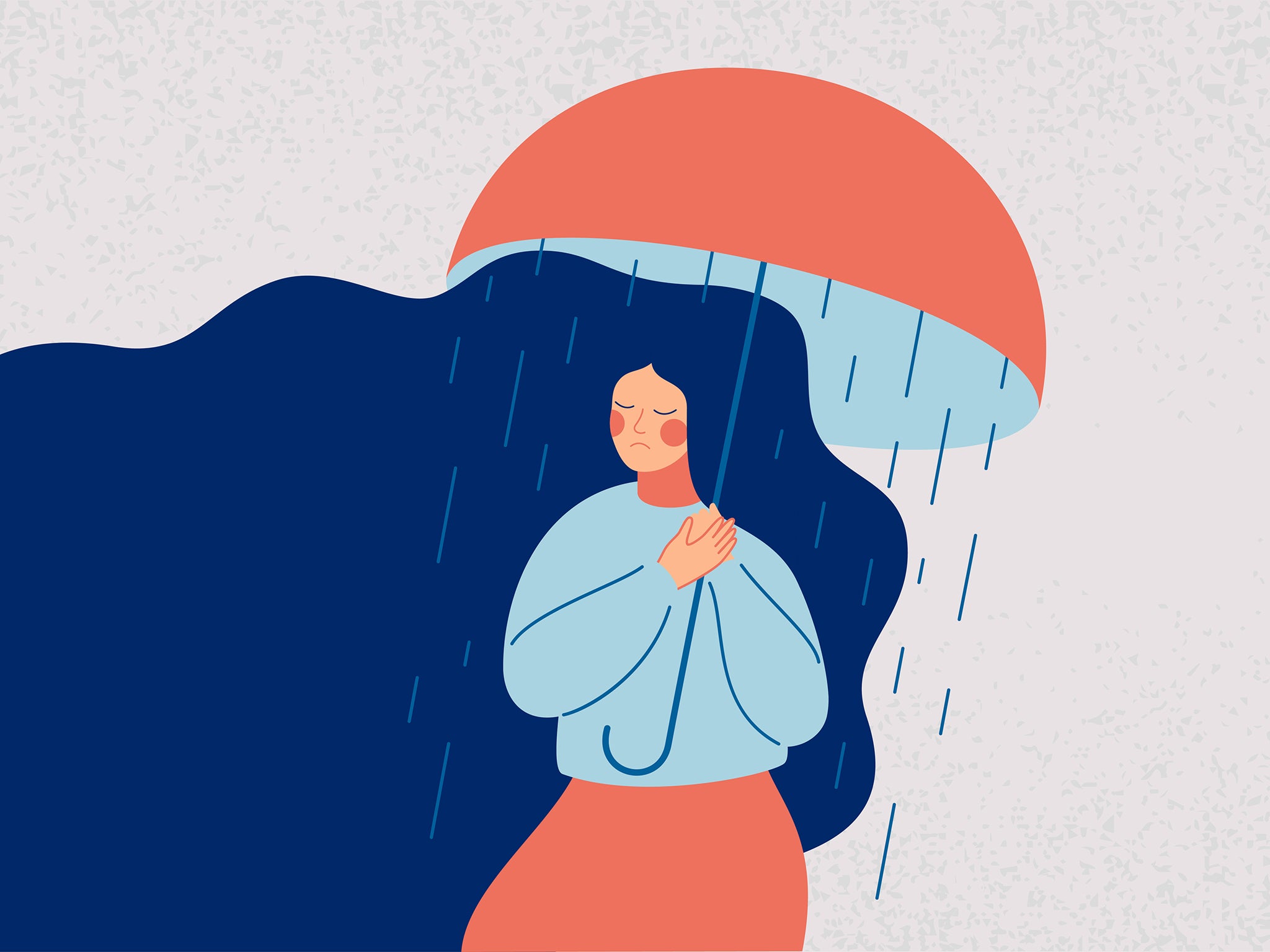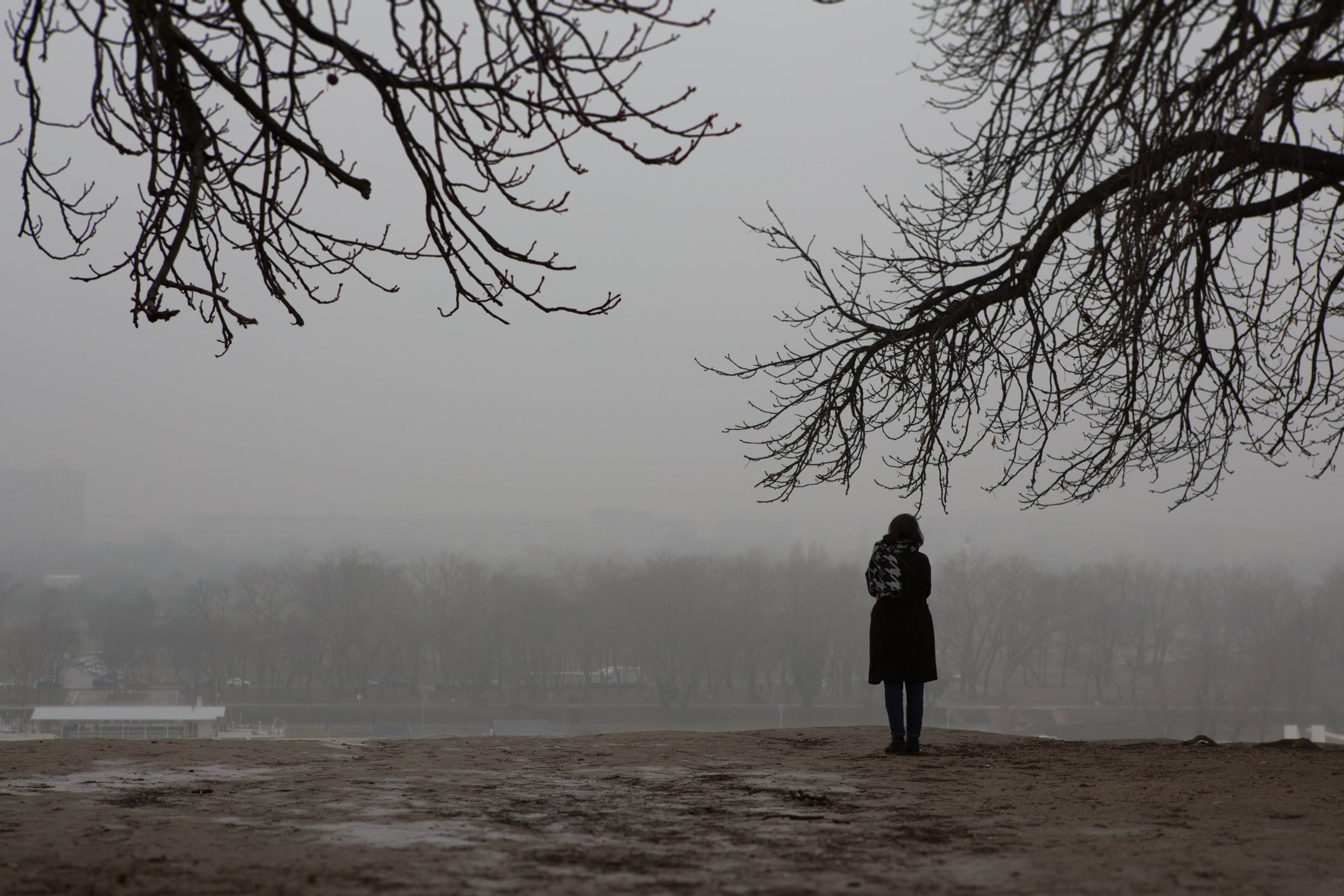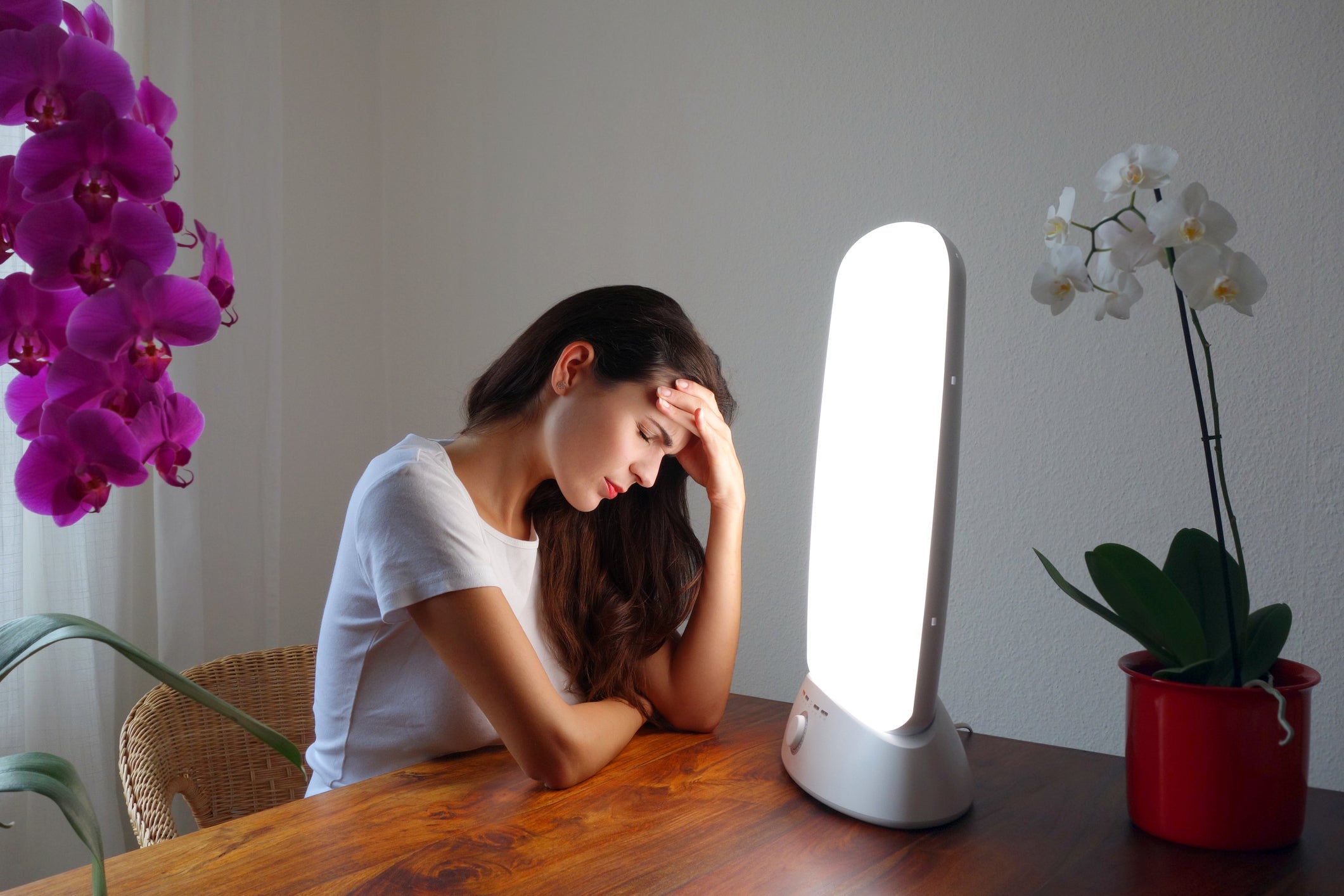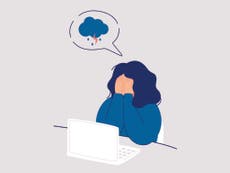Winter blues: How to handle seasonal depression
This winter was always going to be tough but for those with SAD, it is particularly so. Ashley Abramson has spoken to experts to find out how to make this season a little bit easier

Your support helps us to tell the story
From reproductive rights to climate change to Big Tech, The Independent is on the ground when the story is developing. Whether it's investigating the financials of Elon Musk's pro-Trump PAC or producing our latest documentary, 'The A Word', which shines a light on the American women fighting for reproductive rights, we know how important it is to parse out the facts from the messaging.
At such a critical moment in US history, we need reporters on the ground. Your donation allows us to keep sending journalists to speak to both sides of the story.
The Independent is trusted by Americans across the entire political spectrum. And unlike many other quality news outlets, we choose not to lock Americans out of our reporting and analysis with paywalls. We believe quality journalism should be available to everyone, paid for by those who can afford it.
Your support makes all the difference.Seeing friends was normally the highlight of Kendra Sands’ week. One night in January 2018, she had plans to meet two for dinner, but instead, Sands, who lives in Charlotte, North Carolina, crawled into bed. She wanted to go out, but she was stuck in a dark room, sobbing.
“I forced myself to put on different clothes, touch up my makeup and get in the car,” she says. “But driving to the restaurant, I realised hibernating in bed had been a pattern for weeks.”
Sands initially blamed PMS for the crying episodes, but after a month she still had no relief. After asking about her mental health pattern in previous years, Sands’ therapist eventually diagnosed her with seasonal affective disorder.
“I knew I didn’t like the cold or dreariness of winter, but I never thought I had a form of depression,” Sands says.
According to Vaile Wright, senior director of health care innovation and practice directorate at the American Psychological Association, seasonal affective disorder (SAD) is a type of major depression. What makes SAD unique is its timing.
“It has a distinct seasonal onset, typically in winter, and a spontaneous remission of symptoms,” she says.
SAD patients experience classic depression symptoms: sadness, irritability, trouble concentrating, lack of interest in activities and increased sleep and appetite. It doesn’t have to be cold or snowy; people can experience SAD in sunny climates like Florida or Southern California.
“The important consideration for all forms of SAD is the effect of your surroundings,” says Amit Etkin, a professor of psychiatry and behavioural sciences at Stanford University. “The light you experience, how you interact with the world when you get up, and when you go to bed all have a disproportionate effect on your mood.”
Recognise SAD in yourself
Michael Terman, professor of clinical psychology at Columbia University and founder of the Centre for Environmental Therapeutics, says it’s common to gain weight and feel lethargic in winter, but only around 3 per cent of the population has SAD.
To be diagnosed, you need to experience at least five of nine clinical symptoms for at least two weeks, says Paul Desan, assistant professor of psychiatry at Yale School of Medicine. If you don’t, you could have subsyndromal SAD, a milder version that Desan says people often call “winter blues”.
A distinct, seasonal pattern is key to recognizing SAD, feeling normal during spring and summer, then dwindling in energy and mood as days get shorter – almost like you want to hibernate. If you have a family member with SAD, you might be more likely to develop it, and Desan says the disorder is three times more common in women.
According to Terman, SAD prevalence increases as you move north, until you hit 38 degrees (around Washington DC). Anywhere farther north is essentially equally affected at maximum severity. The likelihood also rises near the western edges of time zones, where dawn occurs later.
Experts agree it’s important to treat SAD if you think you may have it. Here are some of the most common treatment methods they recommend.

Start with simple changes
Many forms of depression, Wright says, benefit from changes to sleep schedule, a nutritious diet, exercise and social interaction. If you have SAD, put a winter spin on these behaviours.
For example, even if you want to sleep later, set an alarm each day so you can experience early-morning sunshine, which helps with SAD symptoms.
“Engaging actively in the world, as if you already had those rhythms, is a good way to help reset your circadian rhythm,” Etkin says.
What you do at night matters, too. Etkin suggests basic sleep hygiene like avoiding screens (and any artificial light). Try to keep your bedtime consistent – not too late – and avoid too much caffeine or alcohol, which can interfere with your quality of rest and ability to get up.
Try a light box
You don’t need to see the sun cross the horizon. What you’re looking for is the quality of light that happens when the sun is low in the sky
Light activates a bodily signal that informs your cells what time of day it is. Morning light causes cortisol to spike, giving you energy. The time of that initial spike determines when your brain releases melatonin, a hormone that makes you sleepy before bedtime.
During winter, people often get less light in the morning and too much artificial light at night, which throws off these signals, affecting sleep and mood.
Light boxes – devices that produce artificial light similar to sunlight – may be an effective way to correct that. In a meta-analysis of 19 studies, bright light therapy was superior to placebo; another small study found that 61 per cent of light-therapy patients saw their depression symptoms ebb in four weeks.
There is some evidence that sitting in front of a 10,000-lux (the measure of light intensity) light box for 30-45 minutes every day around sunrise during autumn and winter decreases SAD symptoms. If you’re currently experiencing SAD symptoms, it’s not too late to start. You can also begin treating next season’s symptoms in the autumn.
As tempting as it is to hit the snooze button on weekends, Desan says your mood will start to sag again if you don’t do your treatment every day around sunrise, so build light therapy into your life. Most research-grade light boxes allow you to sit at arm’s length and move your head, so you should be able to eat breakfast, drink coffee or read.
An effective light box is usually at least £100, but not every option is equally effective. Of the 24 devices that Desan tested in 2019, only seven met clinical criteria. The rest weren’t as effective as research-grade boxes.

Get outside
According to Anna Wirz-Justice, professor emeritus in the Centre for Chronobiology at the University of Basel, in Switzerland, natural light isn’t only cheaper than a light box, but it’s also brighter. Sunrise light is equivalent to 1,000 lux. A rainy morning provides around 10,000 lux, and snow on the ground is even brighter, at 50,000 lux.
Aim to go outside within 30 minutes after sunrise.
“You don’t need to see the sun cross the horizon,” Huberman says. “What you’re looking for is the quality of light that happens when the sun is low in the sky.”
Duration depends on where you live and the weather. Huberman suggests around five minutes outside if it’s bright or 10-15 minutes if it’s cloudy. It’s OK to wear glasses or contacts, but skip sunglasses and never look at the sun directly.
See a psychotherapist
Since 2000, Kelly Rohan, a psychology professor at the University of Vermont, has been conducting clinical trials comparing cognitive behavioural therapy (or CBT) to light therapy. Her work suggests both treatments are effective for people with SAD – especially after a new diagnosis. But when she followed people with SAD for two winters, CBT worked better than bright light therapy to prevent recurrences.
Rohan says CBT may reduce symptoms more effectively because it provides long-term coping skills for changing negative thought and behaviour patterns – whereas light therapy only works when you do it.
For Sands, the combination of lifestyle changes and psychotherapy made a significant difference in reducing her symptoms. But nothing helped more than naming the debilitating dip in her mood every winter.
“Because I have a diagnosis, I can be proactive,” Sands says. “I don’t have to wait until spring to feel better.”
© The New York Times




Join our commenting forum
Join thought-provoking conversations, follow other Independent readers and see their replies
Comments